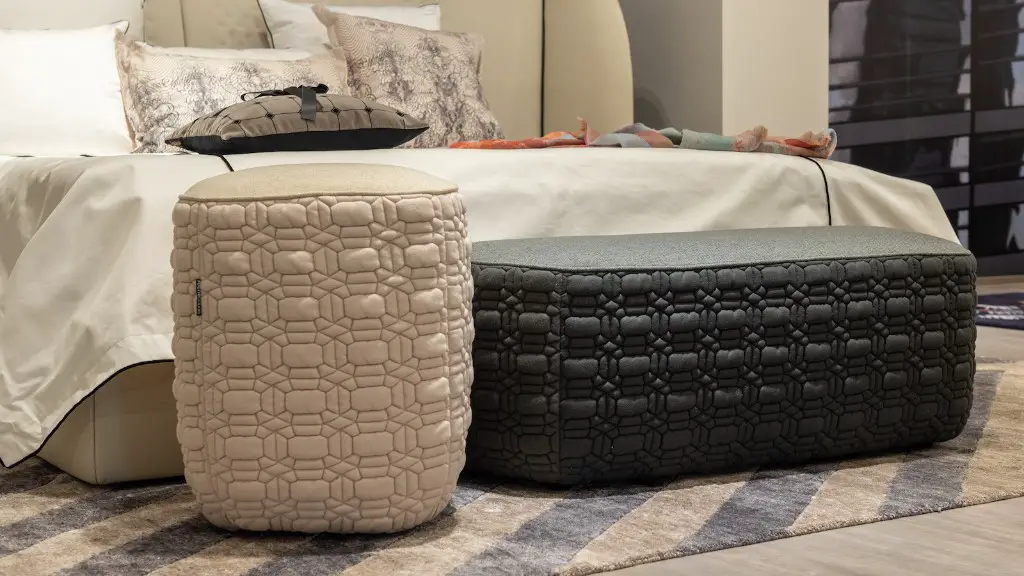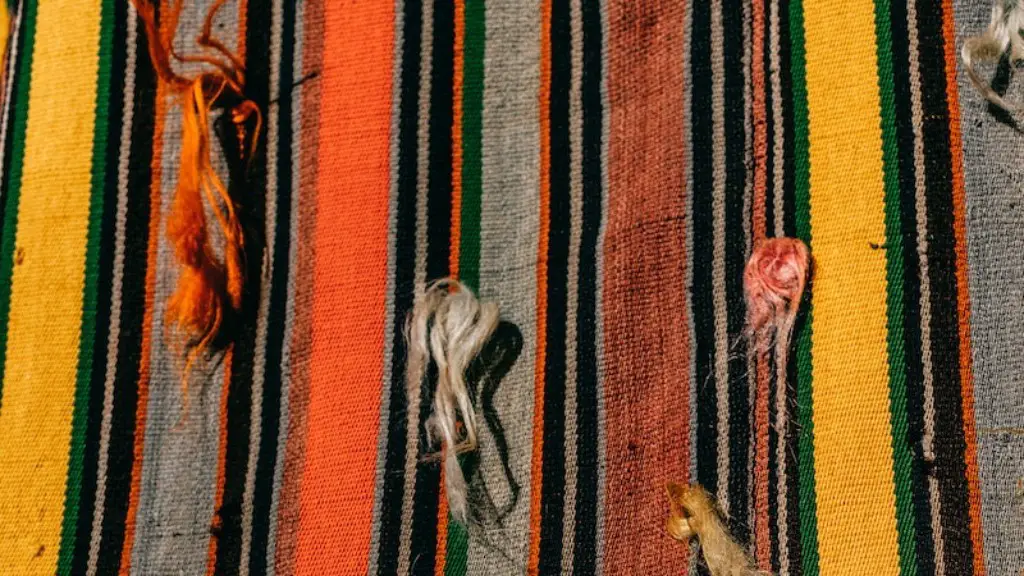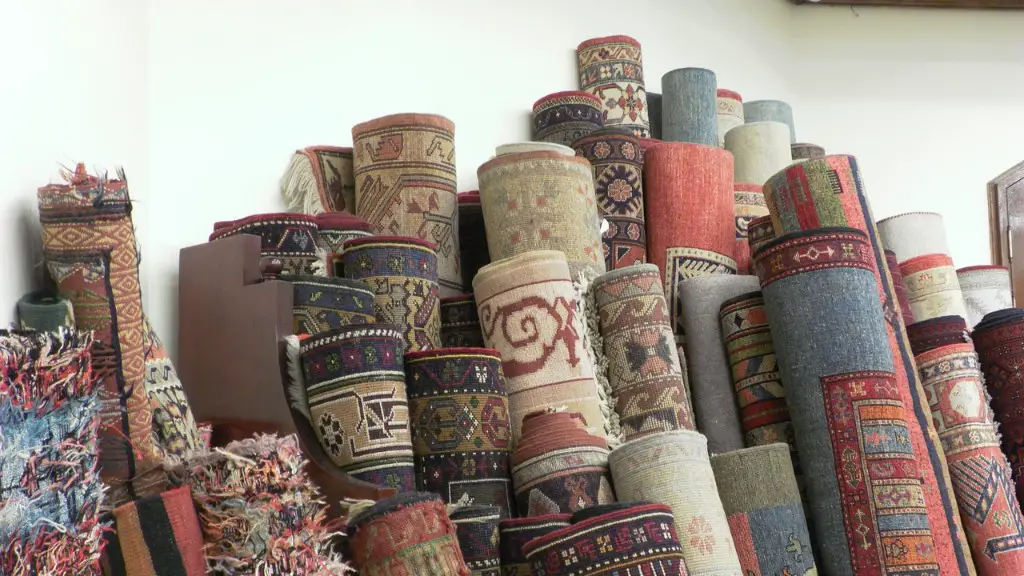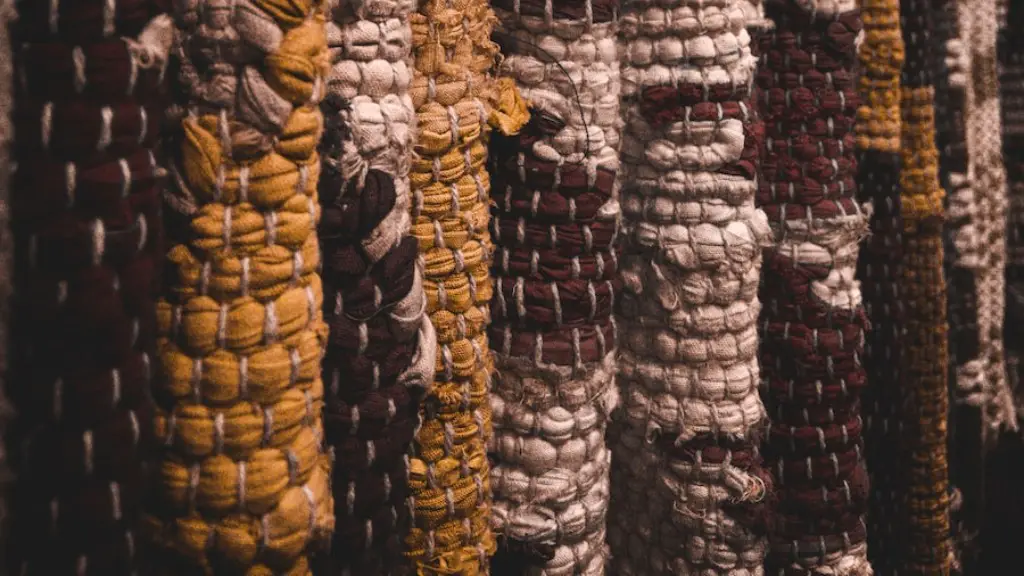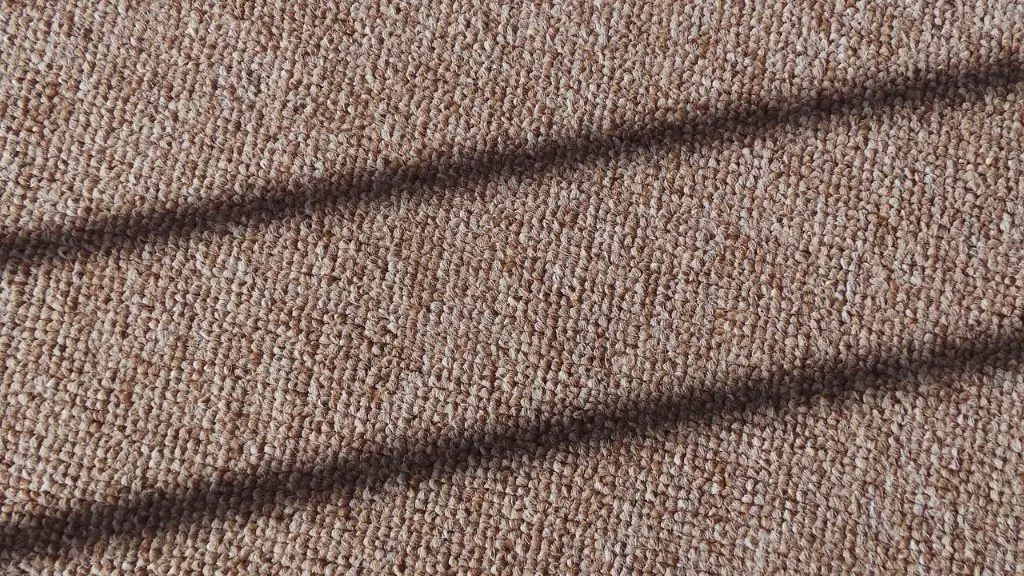If your home has carpeted stairs, at some point you may need to replace the carpeting or remove the carpet treads. Carpet treads are the strips of carpeting that cover each step. They protect the step from wear and provide traction. You can remove carpet treads yourself with a few tools and some time.
To remove your old carpet stair treads, start by pulling up any loose edges or corners with a flat head screwdriver. Once the edges are loose, use your hands to slowly peel the treads away from the staircase, working your way from the top to the bottom. If any treads are particularly stubborn, you can use a putty knife or a similar tool to help pry them off. Once all of the treads are removed, vacuum or sweep the staircase to remove any dirt or debris.
How do you remove glued down stair treads?
We tried a few different methods to get the glue off, but the best way seemed to be to use a putty knife. We scraped it off as best we could and then used a cloth to wipe away any residue.
Removing carpet adhesive from unfinished wood can be a challenge, but it is possible with the right tools and techniques. First, use a putty knife to break up and remove as much of the adhesive as possible. Next, heat the adhesive with a hair dryer to soften it and make it easier to remove. You can also try applying lemon juice or vinegar to the adhesive to help break it down. If all else fails, you can try using acetone or mineral spirits to remove the adhesive. Finally, sand the wood to remove any remaining adhesive and smooth out the surface.
What to do with stairs after removing carpet
Before you can refinish your wood stairs, you need to remove the old carpet and any varnish from the surface. You’ll also need to fill in any holes or cracks in the wood. Once the surface is prepped, you can start sanding the stairs. Once the stairs are sanded, you can apply a new stain or paint to the risers.
If you’re looking to replace your old, worn-out carpet with hardwood, there are a few things you’ll need to do first. Step one is to remove the carpet, which can be easily done with a carpet knife. Once the carpet is removed, you’ll need to remove any staples, nails or tack strips that are holding it in place. Next, you’ll need to cut the existing nosing off the stairs.
After that, it’s time to measure the stairs so you can cut the risers and treads to size. To do this, you’ll need to measure the width and depth of each step. Once you have the measurements, you can cut the risers and treads out of a piece of plywood or MDF.
Once the risers and treads are cut to size, it’s time to attach the edge moulding. This can be done with a nail gun or a screw gun. Once the edge moulding is in place, you’ll need to measure the tread size so you can cut the tread caps to size. These can be attached with screws or nails.
Once everything is in place, you can sit back and enjoy your new, hardwood stairs!
What will dissolve carpet glue?
This is a simple and effective way to remove glue from surfaces. You just need to mix some boiling water and washing-up liquid and pour it over the surface that needs to be cleaned. Leave it to absorb for a little while and then scrub away the glue residues with a scouring sponge. Finally, dry the surface properly.
If you need to replace your stair treads, or if you want to remove them for cleaning, you can do so without damaging your flooring. Simply pull up on the treads to release them from the steps.
Can carpet stair treads be removed?
Carpeted steps can be a pain to remove, but with the right tools and some know-how, you can do it in just a few hours. First, you’ll need to gather some supplies. You’ll need a utility knife, a screwdriver, a putty knife, a pry bar, and a hammer. You’ll also need a shop vac and a rented power washer.
Once you have your supplies, you’re ready to get started. Begin by cutting the carpet into strips with your utility knife. Then, use your screwdriver and putty knife to remove the tack strips that hold the carpet in place. Next, use your pry bar and hammer to remove the staples from the subfloor. Finally, vacuum and power wash the area to remove any remaining dirt and debris.
With a little time and effort, you can easily remove carpet from your stairs. Just be sure to have the right tools and know-how, and you’ll be finished in no time!
Ammonia is a very effective way to remove glue from surfaces. Simply mix one teaspoon of ammonia with 8 ounces of warm water and stir. Then, take a clean white cloth and dab it in the mixture. Blot the glue stain with the cloth and the glue should soften and transfer into the cloth. Repeat as necessary until the glue is gone.
Will WD 40 remove carpet glue
If you have dried glue on your carpet, the best way to remove it is with a dried towel. You can also use warm water to soften the glue. To remove the entire stain, you can use distilled white vinegar, dish soap, or WD-40.
Wood floors can be slippery, which can pose a safety hazard in a home with children and the elderly. Carpeting can help reduce the risk of slips and falls, and injuries that may result from them.
What is the easiest way to remove carpet from stairs?
To remove a carpet from a staircase, start at the top of the stairs and use vise-grips and a utility knife to cut the carpet. Cut under the nose of the landing and use the vise-grips to pull the carpet free from the riser. Grip the carpet with both hands for easier removal and to maintain balance and safety.
If you are planning to remove the carpet from your stairs, be prepared to pay anywhere from $2 to $20 per stair. The most common prices are from $7 to $10 per stair. Remember that the carpet must be attached to the riser and the tread of the stair, which often means more staples or glue.
How do you modernize a stair carpet
For this project, we will focus on the following five key things to remodel any stairs:
1. Removing old carpet
2. Staining / painting existing handrails
3. Modifying outdated stair posts/ balusters
4. Painting/ staining risers
5. Recovering stair treads
It’s a shame to ruin beautiful hardwood stairs with the addition of carpeting. The tack strips needed to be nailed down will create holes in the wood, making the stairs look unsightly. If you must add carpeting to your stairs, consider using a different type of flooring material that doesn’t require tack strips, such as laminate or tile.
Do you need a transition strip between carpet and hardwood?
A seamless floor transition is not possible because every room has different priorities and challenges. If the flooring meets without anything in between, they would not fit properly and there would be challenges such as height and texture differences, uneven seams, and damages.
We all know how frustrating it is to try and remove carpet glue, especially when it’s been there for a while. But don’t worry, Goo Gone is here to help! Just follow the instructions on the bottle and you’ll have that carpet glue gone in no time.
Conclusion
Carpet stair treads can be removed by carefully pulling them up from the stair surface. Use a utility knife to cut through any adhesive that may be holding the tread in place. After the tread is removed, use a vacuum to clean up any loose carpet fibers.
Assuming you want to replace your carpet stair treads with new ones:
1. Remove the old treads by prying them off the stairs with a putty knife.
2. Vacuum up any dirt and debris from the stairs.
3. Measure the width and length of each tread.
4. Cut the new treads to size with a utility knife.
5. Attach the new treads to the stairs with double-sided carpet tape.
6. Press the treads firmly into place.
7. Trim off any excess tape with a utility knife.
